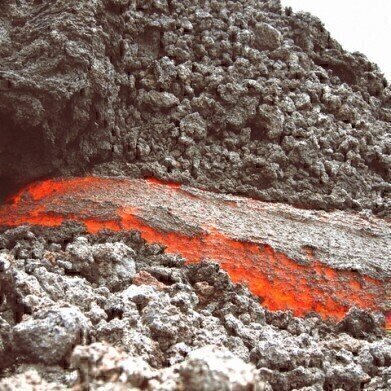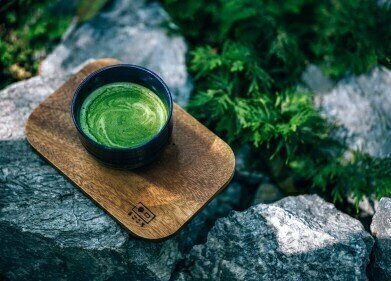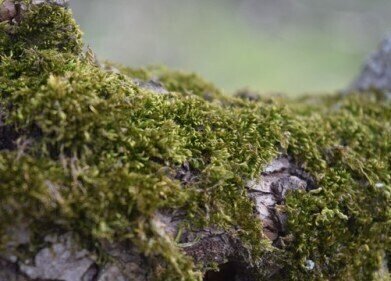Electrophoretic separations
How to Eat Lava & Live to Tell the Tale
Sep 14 2016
Eating lava isn’t something you hear about that much, is it? If you did, you’d assume it was for a dare and would lead to a fatal ending. However, Ed Currie, founder of the PuckerButt Pepper Company, has created the world’s hottest pepper. And after trying it for himself, he had to admit “it’s kind of like eating molten lava”. Keep reading to see how he did it.
Testing the heat
Yes, it’s official. Ed’s creation, The Carolina Reaper, is the hottest pepper in the world. The Guinness Book of World Records declared so in 2013, and since then the pepper has been getting hotter and hotter according to measurements. Peppers are ranked on the Scoville scale for heat levels. To give you an idea, piri piri peppers have a Scoville value of around 50,000-100,000, jalapeño peppers 3,000-10,000 and bell peppers a resounding zero.
The Carolina Reaper has a Scoville value of 1.569 million, which could rise to as much as 2.2 million. But Currie didn’t make it for this purpose. His original idea was to create a pepper that packs as many capsaicinoids in as possible to contribute to medical research. These compounds, found in capsicum seeds, can be used to create effective arthritis treatments. It’s thought — albeit rather optimistically — that they could be used in future treatments for cancer. However, they are also the force behind a chili pepper’s heat.
Calculating Scoville values
So how exactly do you objectively measure the heat of a pepper? A liquid chromatography system makes it possible:
- Firstly, the chromatography process separates the capsaicinoid compounds from the rest of the pepper.
- These compounds are then measured by the system’s UV detector.
- The strength of the UV signals can be used to determine the strength of the capsaicinoids.
- Finally, this strength value is used to calculate the pepper’s official Scoville heat level.
Originally a cross between Pakistan’s Naga pepper and the Caribbean habanero, the Carolina Reaper — with its huge Scoville value — seems to be the best way to eat lava and (hopefully) survive.
Wider use
Different forms of chromatography have also been used for food research. Since the 1980s, chiral chromatography has been used in the food industry as well as pharmaceuticals and environmental applications. Chirality is the chemical property that involves the handedness of molecules — just like we have left and right hands.
The technique can be utilised to separate amino acids which come in left and right versions, allowing better examination of product content across the different areas. The article, Chiral Amino Acid and Peptide Separations – the Next Generation looks into the workings of this technique, its uses and how it could develop further.
How hot do you like your chili’s — jalapeno is hot enough for me.
Events
Jan 20 2025 Amsterdam, Netherlands
Feb 03 2025 Dubai, UAE
Feb 05 2025 Guangzhou, China
Mar 01 2025 Boston, MA, USA
Mar 04 2025 Berlin, Germany













